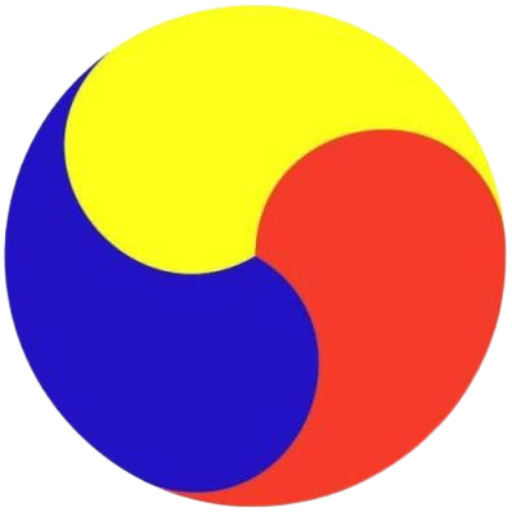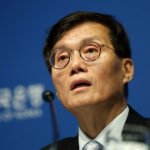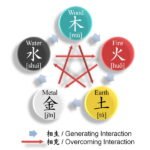Lotte Energy’s copper foil production line (Courtesy of Lotte Energy Materials)
Samsung SDI Co., South Korea’s third-largest battery maker by battery usage, has picked Lotte Energy Materials Corp. as the exclusive supplier of copper foil for its first battery plant in the US under construction in partnership with Netherlands-based multinational automaker Stellantis N.V.
According to the battery industry on Monday, the Samsung SDI-Stellantis joint venture, dubbed StarPlus Energy (SPE), has decided to use Lotte Energy’s copper foil, a key material of lithium-ion batteries.
Korea’s major copper foil producer, formerly Iljin Materials Co., was the only copper foil supplier that has passed SPE’s quality test, which normally takes about a year, said industry sources.
A copper foil, also known as elecfoil, is a thin foil that surrounds the anode, the negative end of a lithium-ion battery. High-strength copper foils are essential to making safer, high-density rechargeable batteries.
Considering that the Samsung SDI-Stellantis JV plans to move up the official opening of its first US battery plant with an annual capacity of 33 gigawatt hours (GWh), enough to power 500,000 electric vehicles per year, to later this year, Lotte Energy is expected to enjoy a recovery in its earnings later this year despite the ongoing EV slowdown.
The first plant was originally planned to open in early 2025. But the battery JV has decided to open it earlier as it aims to receive subsidies from the US government under the Inflation Reduction Act (IRA), which favors EVs and batteries produced in North America, earlier than expected.
The first plant is currently undergoing test operation.
The JV plans to start operating its second battery plant with an annual capacity of 34 GWh in the US by 2027. It is building two US plants in Indiana.
FAST RECOVERY IN EARNINGS
The overall EV industry is now crossing the chasm between early adopters and mass market consumers, causing the market slowdown.
Samsung SDI reported poor earnings in the second quarter ended in June due to stalled EV sales of its key customers in Europe — BMW, Volkswagen and Audi.
This has battered the battery and battery materials industries, which heavily relied on the EV industry for the recent growth. Lotte Energy was one of the companies taking a hit from the prolonged EV slowdown.
Samsung SDI’s sixth-generation prismatic batteries on display at IAA Mobility 2023
With its exclusive supply of copper foil to the Samsung SDI-Stellantis JV, which could begin later this year, Lotte Energy is expected to fight back the EV slowdown.
The key to its recovery, however, hinges on the utilization rate of the new battery plant in the US.
A battery maker needs about 500 to 600 tons of copper foil to produce 1 GWh batteries.
If the first Samsung SDI-Stellantis JV plant with a capacity of 33 GWh operates at a full rate, it could need 16,500 to 19,800 tons of copper foil.
“If US EV demand recovers next year, the battery plant’s utilization rate will also rebound, which is expected to help Lotte Energy Materials rake in more than 1 trillion won ($754.4 million) in sales,” said an official in the battery industry.
Industry observers estimate that Lotte Energy would reap 100 to 300 billion won in sales of copper foil to SPE every year depending on the JV plant’s utilization rate.
The copper foil supplier reported 809 billion won in sales for 2023.
To benefit from the IRA subsidies, Lotte Energy is also seeking to build a copper foil plant in the US. It filed for US government approval to build a copper foil plant in Delaware.
Lotte Energy shares on Monday fell 2.4% to close at 36,100 won, muted to the news on its exclusive copper foil supply deal to the Samsung SDI-Stellantis JV’s plant in the US.
By Sang Hoon Sung
uphoon@hankyung.com
Sookyung Seo edited this article.















